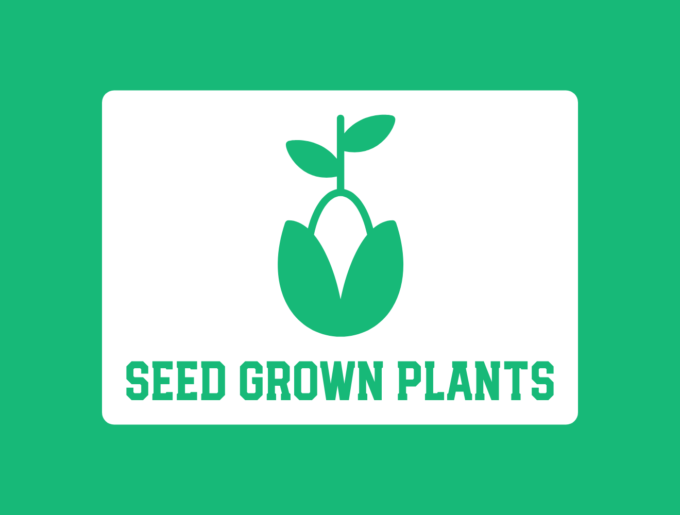- Seed Mix: A sterile, lightweight seed starting mix that provides good aeration and drainage. Peat moss, vermiculite and perlite are some ingredients of a good seed starting mix.
- Seeds: Buy high-quality seeds from a reputable supplier. Ensure they’re suitable for indoor starting and appropriate for the growing conditions you can provide. Some seeds may need a number of days in the cold to germinate. Others may need their outer coats nicked or sandpaper abrasion to germinate.
- Watering Can or Spray Bottle: Seedlings need consistent moisture to germinate and grow. A spray bottle allows you to water gently without disturbing the delicate seeds and seedlings or preferably, if watering from the bottom, a measuring cup to pour water into an empty cell in the tray of plant cells is convenient.
- Heat Source : Refer to your packet instructions as some seeds, particularly warm-season crops like peppers and tomatoes or tiny seeds like begonias, benefit from bottom heat to encourage germination. You can use a seedling heat mat placed under the trays to maintain the soil temperature around 70-80°F (21-27°C).
- Humidity Dome or Plastic Wrap : To create a mini greenhouse environment and retain moisture during germination, cover the trays with a humidity dome or loosely tent them with plastic wrap. Most purchased seedling trays come with a plastic cover. Take the cover off when the seedlings emerge to prevent disease.
- Labels: Label your seeds as you plant them with the name of your plant. You can also write the date to remind yourself when they were planted.
- Seedling Fertilizer : When your seedlings develop their first true leaves (these are not the first leaves that pop up, but the next ones on your plant), you can begin to feed them a diluted fertilizer. Use half or a third of the recommended strength.
By using these supplies and practices, your seedlings have the best chance to thrive.
